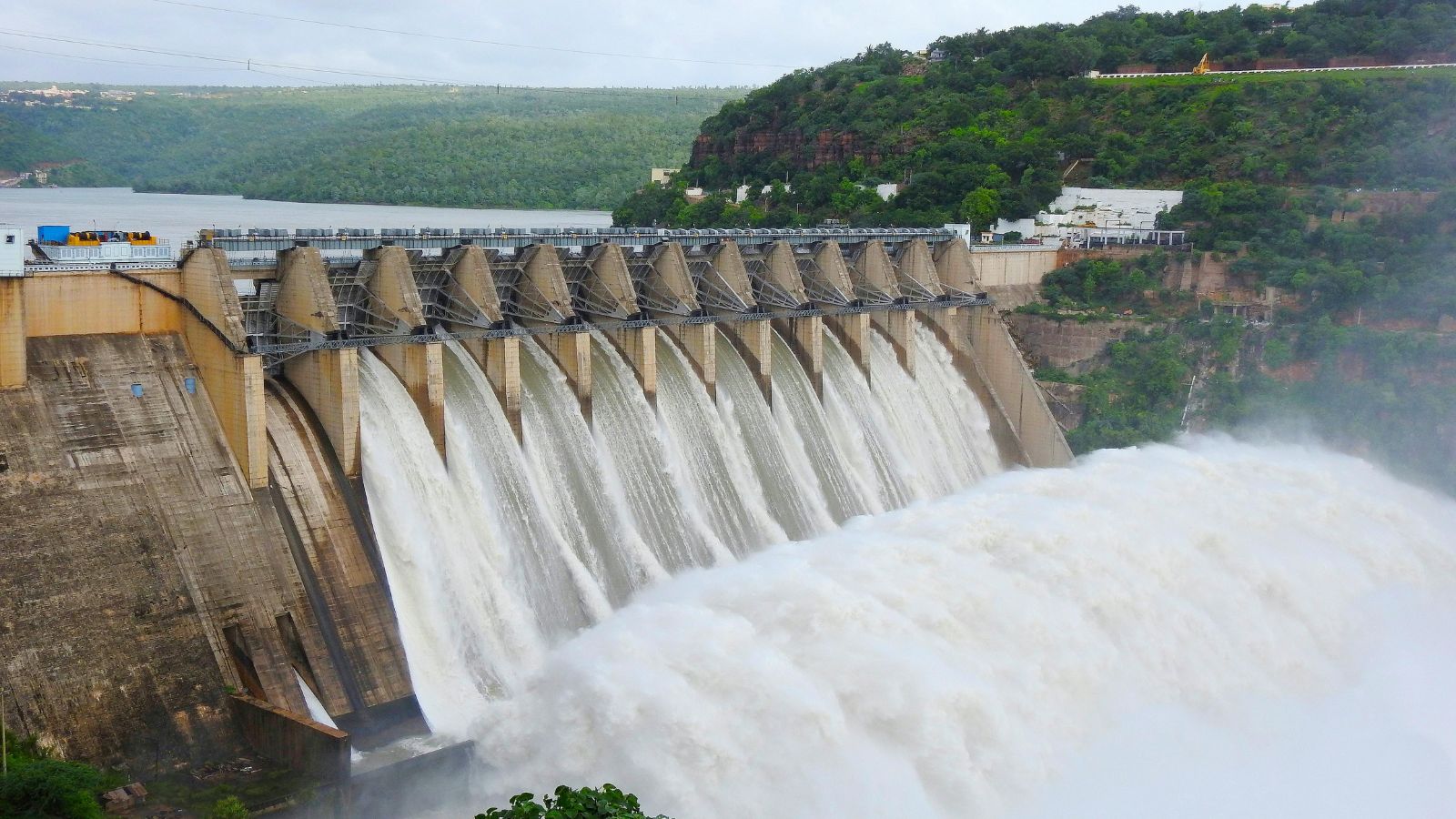During the rainy season, when reservoirs like Srisailam or Nagarjuna Sagar open their gates, we often hear figures like “2 lakh cusecs released” or “storage reaches 300 TMC.” These terms may sound technical, but they’re not difficult to understand.
Let’s begin with cusec. A cusec (short for cubic feet per second) is a unit that measures how fast water is flowing. It tells us how many cubic feet of water pass through every second. Since 1 cubic foot equals about 28.3 liters, 1 cusec means around 28.3 liters of water flowing every second. So, if 2,00,000 cusecs are released from a dam, that’s over 5.6 million liters per second—enough to fill 1,130+ water tankers of 5,000 liters each, every single second!
Now to TMC, which stands for Thousand Million Cubic feet (or 1 billion cubic feet). While cusecs measure flow, TMC measures total water volume, i.e., how much water is stored or released over time. One TMC equals about 28.3 billion liters, or roughly 5.6 million water tankers.
How are cusecs and TMCs related?
Here’s a simple way to understand: if a dam releases 11,574 cusecs (about 3.27 lakh liters per second) continuously for 24 hours, that equals 1 TMC of water. This helps dam engineers decide how much water to release and for how long for irrigation, power generation, or flood control.
How are cusecs calculated when gates are opened?
When dam gates are opened, engineers don’t guess the flow. They use hydraulic charts that map gate openings and water levels to discharge rates. These are based on the dam’s design, gate size, and upstream water pressure, helping quickly and safely estimate the flow in cusecs.



